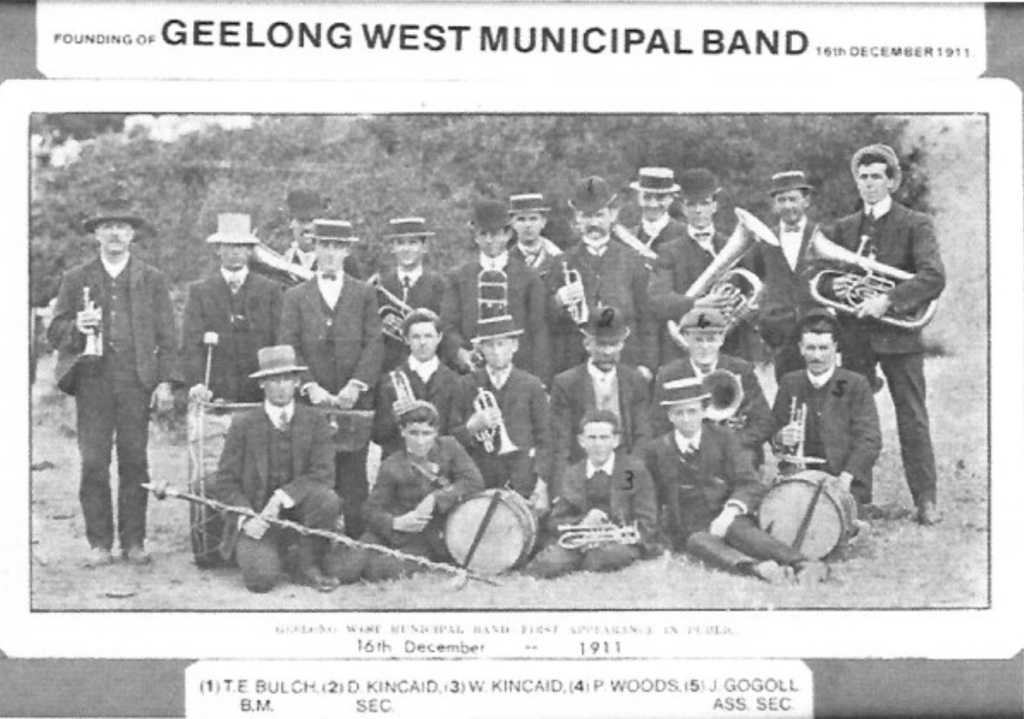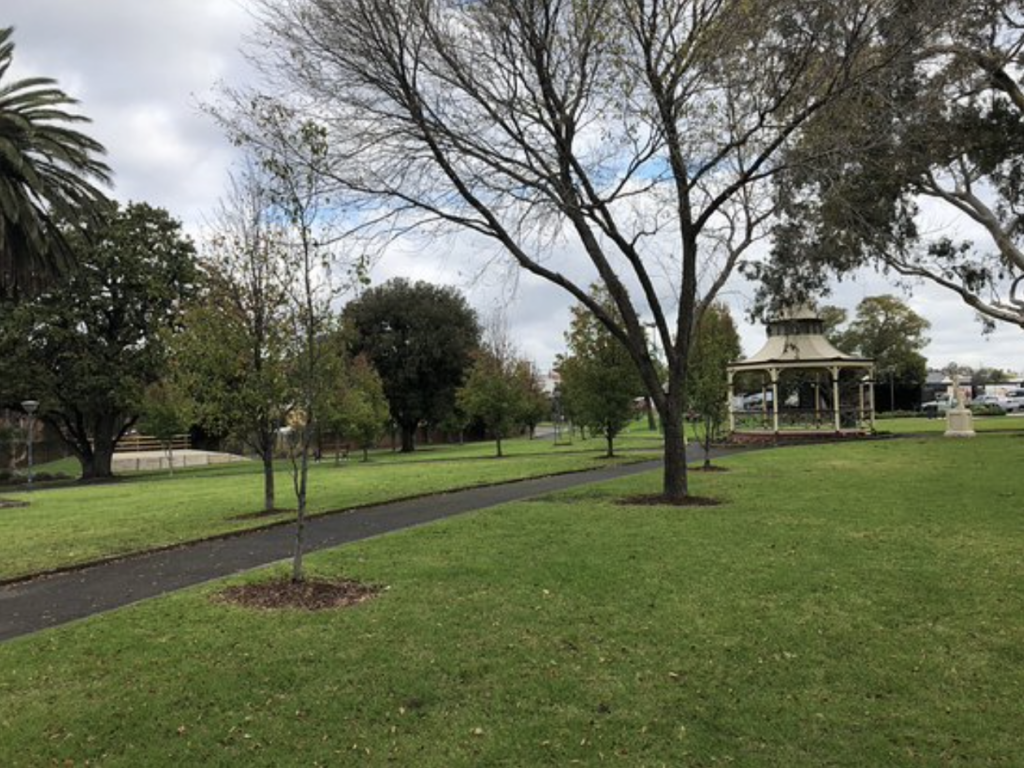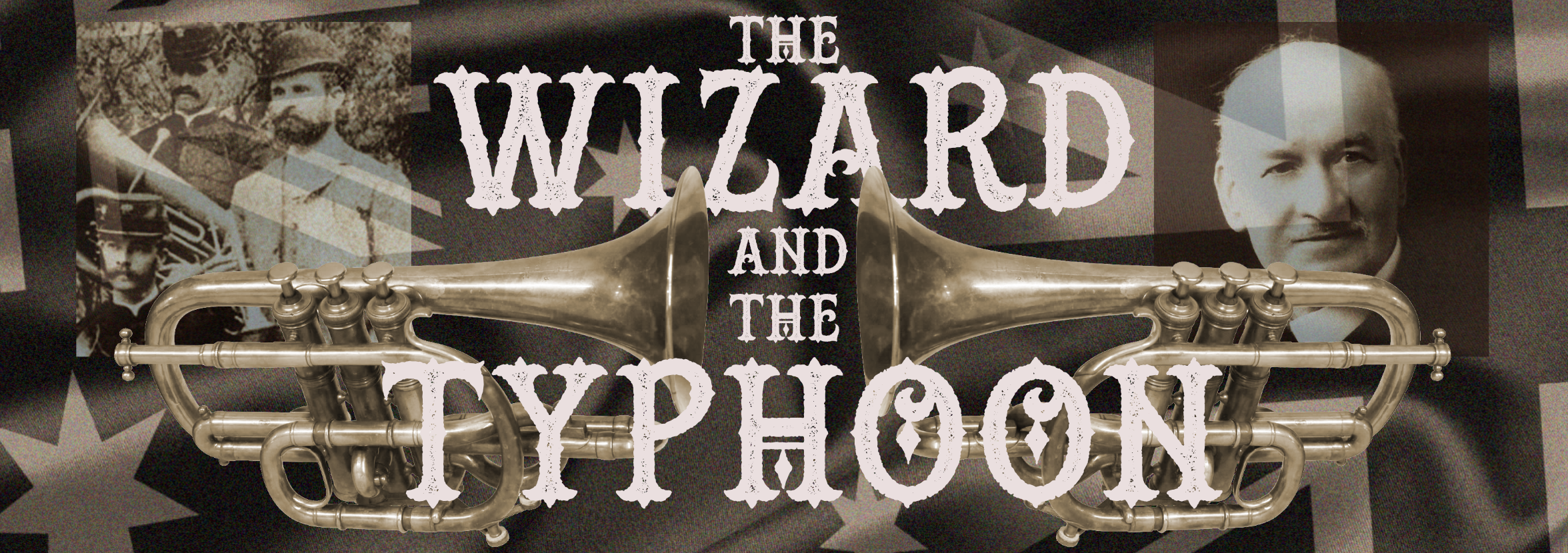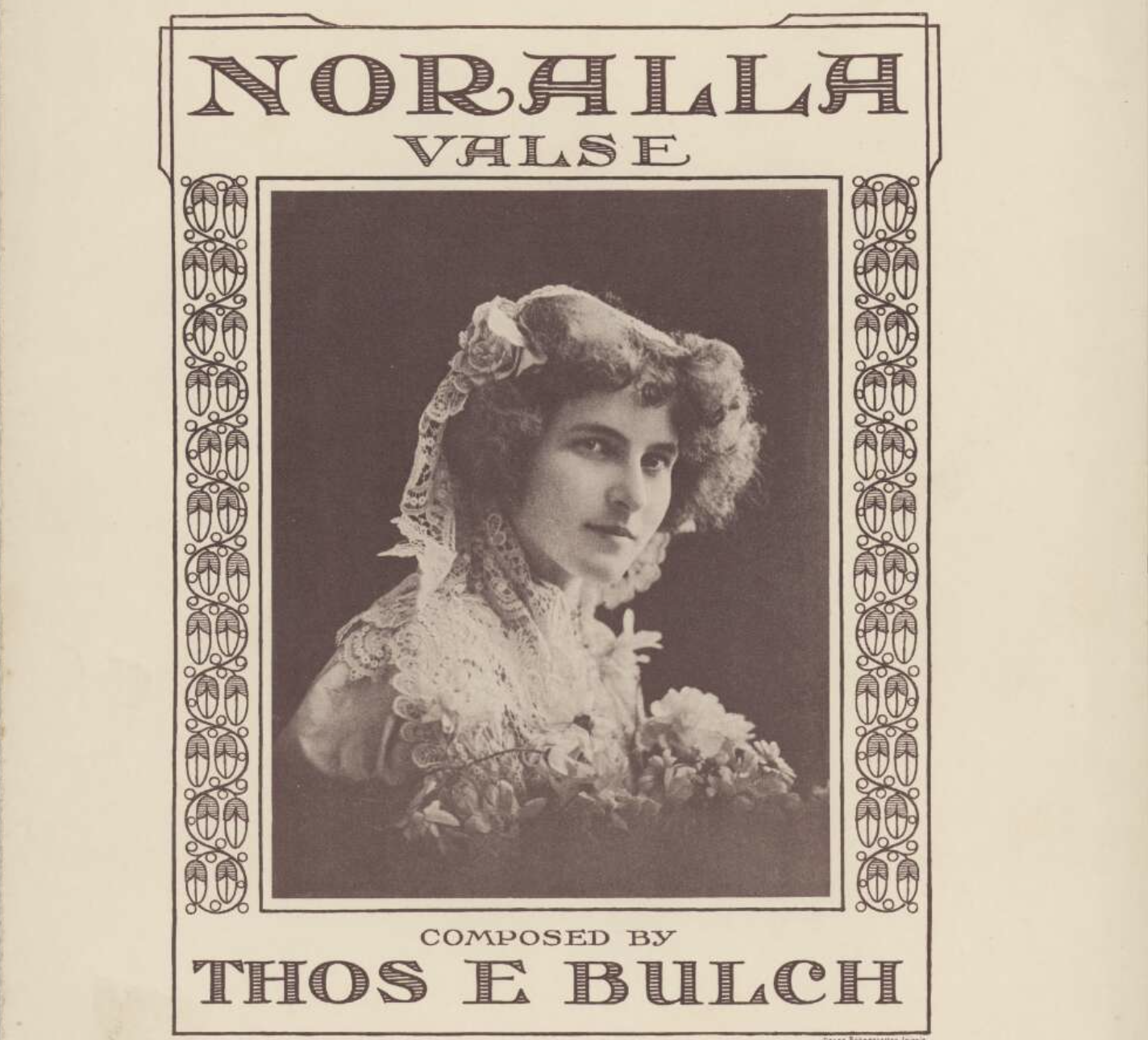It feels like quite a while since I explored a piece of Tom Bulch’s music – the most recent being his band composition “Alice Bertha” which I rendered and wrote about earlier this year. But I have to say that I enjoyed that particular piece largely as it had that personal family element of being specifically dedicated to Alice Bertha Bulch, Tom’s daughter. I think that was because as well as being a piece of music it also seems to uncover something about the relationship between father and daughter – so from it you get a tiny bit more insight into what family means to the Bulches.
That particular piece was one of a number that was created with an implicit dedication to family members. It’s something that Tom Bulch seems to have done a few times in his career. In contrast there is only once that we know of where George Allan did the same – which is where he created the piece “Willoughby” which is the surname of his wife to be, so presumably a personal tribute.
I wanted, therefore to explore another Tom Bulch family piece; and as we have had a full band arrangement already I wanted to turn to the catalogue of pieces that he created for piano again to showcase something more of that side of his work. I chose a piece that he created under his own identity, rather than his not so secret pseudonym of Henry Laski. It is one that his grandson Eric Tomkins mentions in his own family retrospective “Thomas Edward Bulch – Musician – A Family History”. The piece is “Noralla” – which Eric explains was titled, as Tom Bulch so often did, by combining the names of two people to create a word. In this case a married couple – Norman and Alice – the latter again being Tom’s daughter Alice Bertha Bulch and the former being her husband Norman Brownbill Johnson. The couple lived in Geelong, to where the family has moved after their time in Albury. Norman, we’re told, was a printer and bookbinder.
The piece was published in 1914 when Alice would have been 21 years old and the whole of the Bulch family were still resident in Geelong. Tom had by this time seen his Geelong West Municipal Band rise, and fall again in the catastrophic dispute with the local council. Alice married Norman in 1915 so the piece may have been dedicated to the couple around the occasion of their engagement to be married. In 1914 Alice, listed in electoral rolls for that year as a salesperson, was living with her parents at 31 Candover Street. Norman in that same year was living at 67 Preston Street, which was the very next street to the one where Alice lived.

What better reason to dedicate a piece than an engagement. There is a recurring section to the piece that has lyrics that certainly offer that sense of a forthcoming marriage:
For he’s happy as can be,
When he’s on the rolling sea,
And tho’ far away in distant lands he loves to roam,
Yet he always thinks with pride,
Of the lass he’ll make his bride,
When the ship is safely back in port at home sweet home.
Lyrics to “Noralla” by T E Bulch
Lyrically this is intriguing in that we’ve not found any evidence that Norman himself spent any time travelling – though this section might be reflective of the times, with the Great War commencing in the year of publication and no doubt many couples being worried that they might be parted for a long time while the menfolk were away overseas at war.
The piece “Noralla” is in waltz time throughout – with a dramatic beginning leading to the recurring coda segment with lyrics above, and a further three melodic ‘Figures.’ featuring as intervals and a final rousing ‘grandioso’ reprise of the main theme to finish.
Though Tom published “Noralla” himself from his operation at Geelong, he seems by this time to have also secured an agent in the United States of America, Mr H A Richardson of Los Angeles, California. To add to the International nature of the piece it was, as with so many of Tom’s compositions at this time, again printed by the Oscar Brandstetter print works in Leipzig, Germany. Within a very short space of time Tom would no longer have been able to do this as Germany became the bitter enemy.
It’s interesting that Norman’s business was printing given the above. I wonder if he ever considered going into the business of printing music, for if he had it would surely have resolved a problem for Tom Bulch. I shared my recording of “Noralla” with Tom’s grandson, Eric, who remembered visiting Norman’s print shop, where he does recall the business printing race programmes for race meetings, cashbooks and other journals. Incidentally Norman and Alice’s son, Keith, who was Eric’s cousin, became a violin player of some renown.
Who H Richardson might have been is uncertain. I’ve not been able to identify him from genealogical data without having a first name. It’s too common a name. Nor does he seem to have been advertising music in the Los Angeles or California newspapers. If we think about how Tom sought to use his brother as a UK sales agent for his music in the years after he left England, H Richardson might well have been someone Tom knew from Australia who emigrated, or perhaps someone whose contact details were given to Tom by someone arriving in Australia from the United States. Perhaps Richardson might have visited Australia.
Whatever the case, as well as being a piece for piano, Tom naturally also created supplementary parts for the other instruments he commonly played: violin and cornet. The piano part cost 2 shillings and the extra parts cost 3 pence each.

It’s a very likeable piece, with the recurring melody being quite memorable. It also looks quite tricky in places with notes on both the bass and treble staff being played whilst other notes are being sustained, which looks like tricky key fingering and certainly made it difficult to transcribe to Sibelius which has integrated logic to ensure that the notes added to the staff add up to the right number of beats per bar – preventing anything that tries to override this rule.
So sit back and listen, and imagine Tom at the piano as Alice and Norman look on holding hands, imagine mum Eliza sitting in her favourite chair and Thomas Junior, Jack and the sisters Adeline and Myrtle – all just having congratulated the couple on their engagement. What a lovely scene to imagine – I hope we have supposed it correctly. One last recollection from Eric is that his aunt, Alice, played this piece every time he visited; so it certainly seems that this is one piece of music that the Bulch family took to their hearts.

